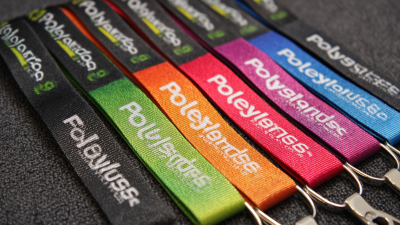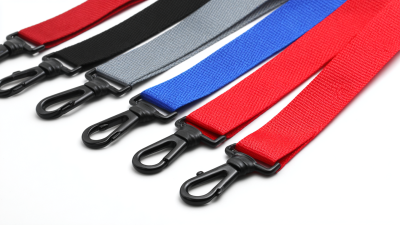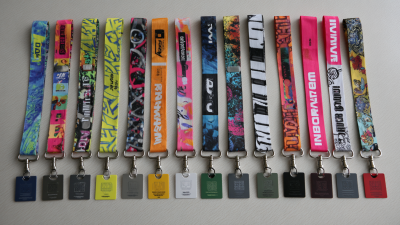
-
Home
-
Products
-
About Us
-
News
-
Video
-
Blog
-
Contact Us
Get Instant Quote
Leave Your Message
-
Phone
-
E-mail
-
Whatsapp
-
Wechat+8617875041119



In the realm of promotional products and personal accessories, polyester lanyards have emerged as a fundamental choice for businesses and organizations alike. Renowned for their durability and versatility, polyester lanyards are crafted from high-quality, long-lasting materials that withstand wear and tear, making them ideal for everyday use in various environments. According to a report by the Promotional Products Association International (PPAI), the global promotional products market reached approximately $24.7 billion, with lanyards constituting a significant portion of this revenue due to their widespread applicability in events, conferences, and security settings. Furthermore, as awareness of environmental issues rises, there is an increasing demand for eco-friendly alternatives to traditional materials. Such trends highlight the importance of understanding not just the science behind polyester lanyards, but also the ongoing innovations in sustainable options that cater to eco-conscious consumers.

Polyester lanyards have gained popularity across various industries due to their impressive durability in diverse environments. Studies indicate that polyester fibers are resistant to stretching and shrinking, maintaining their shape and integrity even after repeated use. A report from the Synthetic Fibers Association highlights that polyester lanyards can withstand temperatures from -40°F to 185°F, making them suitable for both indoor and outdoor events. Their resistance to discoloration and degradation from UV exposure also ensures that they remain vibrant and functional under harsh conditions.
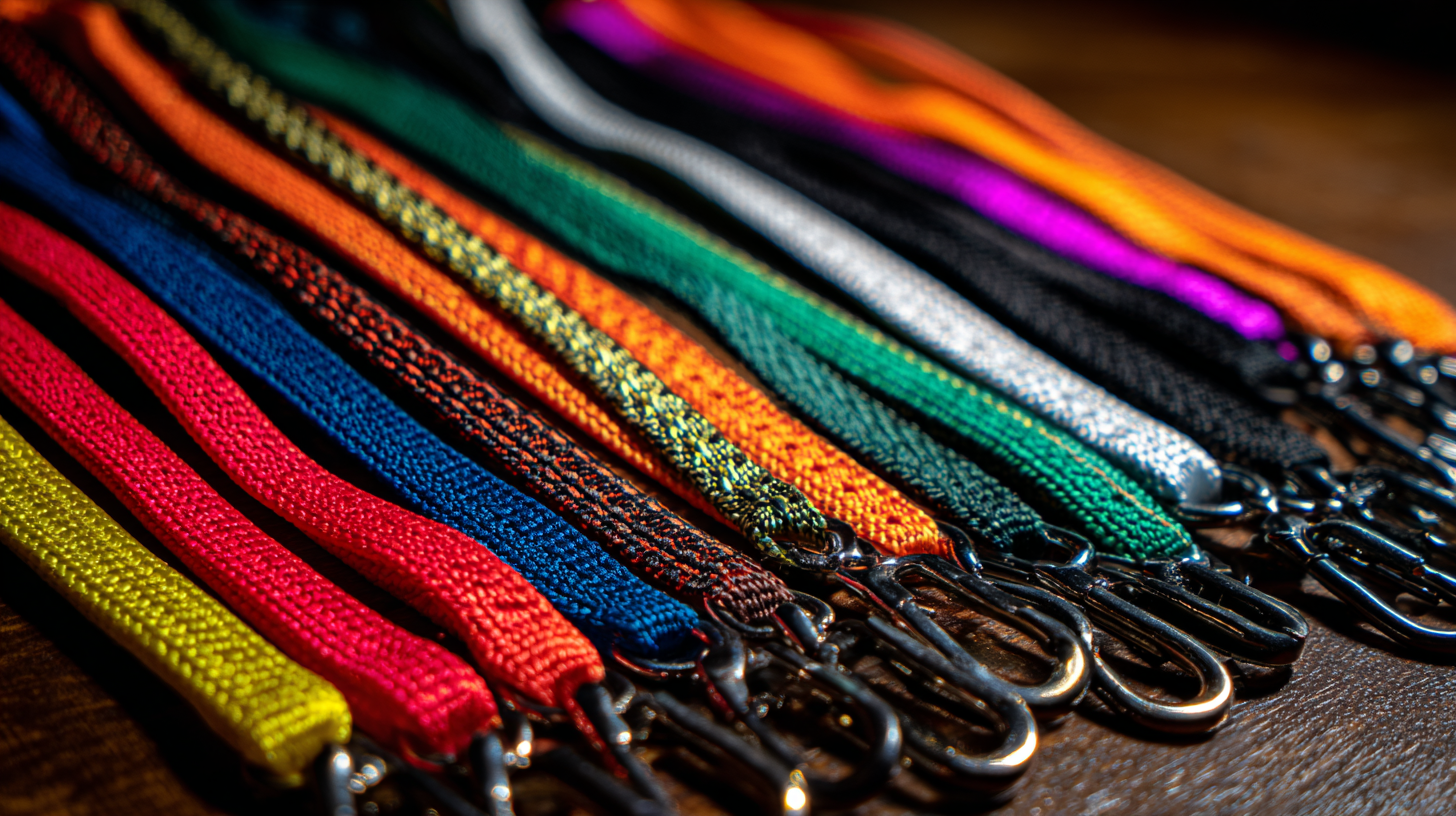
Recent eco-innovations emphasize the potential of polyester lanyards in the context of sustainability. Companies are exploring circular design principles to prolong the lifecycle of lanyards. By adopting reuse strategies, such as sanitizing lanyards for future events, brands are significantly reducing waste. For instance, partnerships focused on creating circular lanyards demonstrate an industry shift toward sustainable practices, with reports showing that the fashion sector is accountable for about 10% of global carbon emissions. Transitioning to eco-friendly lanyard solutions is not only advantageous for businesses seeking to enhance their sustainability footprint but also contributes positively to environmental efforts.
Polyester lanyards have become a staple in both professional and personal settings due to their versatility and durability. In corporate environments, they are often used to hold ID cards, access badges, and keys, providing a convenient way to keep important items accessible while maintaining a professional appearance. The ability to customize these lanyards with logos and branding further enhances their popularity among businesses for events, conferences, and employee identification.
In personal settings, polyester lanyards serve practical purposes as well. Many individuals use them to keep track of keys, USB drives, or even small electronic devices while on the go. Additionally, they are popular at festivals and sporting events, where attendees can display tickets or passes clearly while enjoying a hands-free experience. The bright colors and wide variety of designs make them an attractive accessory for both functionality and style, appealing to different demographic groups.
| Use Case | Description | Durability (Years) | Eco-Friendly Alternatives |
|---|---|---|---|
| Corporate Events | Used for holding ID badges and access cards | 3-5 | Recycled PET lanyards |
| Trade Shows | Promotional and branding opportunities with logo printing | 2-4 | Bamboo fiber lanyards |
| Schools | For student ID cards and school events | 2-3 | Organic cotton lanyards |
| Conventions | Used to display credentials and promote networking | 3-5 | Hemp lanyards |
| Personal Use | For keys, phone, or personal identification | 1-3 | Recycled polyester lanyards |
As sustainability becomes a priority in various industries, many organizations are exploring eco-friendly alternatives to traditional polyester lanyards. Polyester, while known for its durability and versatility, is derived from petroleum-based resources, resulting in significant environmental impacts during production and disposal. According to a report by the Environmental Protection Agency (EPA), plastic products, including polyester, account for nearly 30% of the total municipal solid waste generated in the U.S. each year, highlighting the need for greener options.
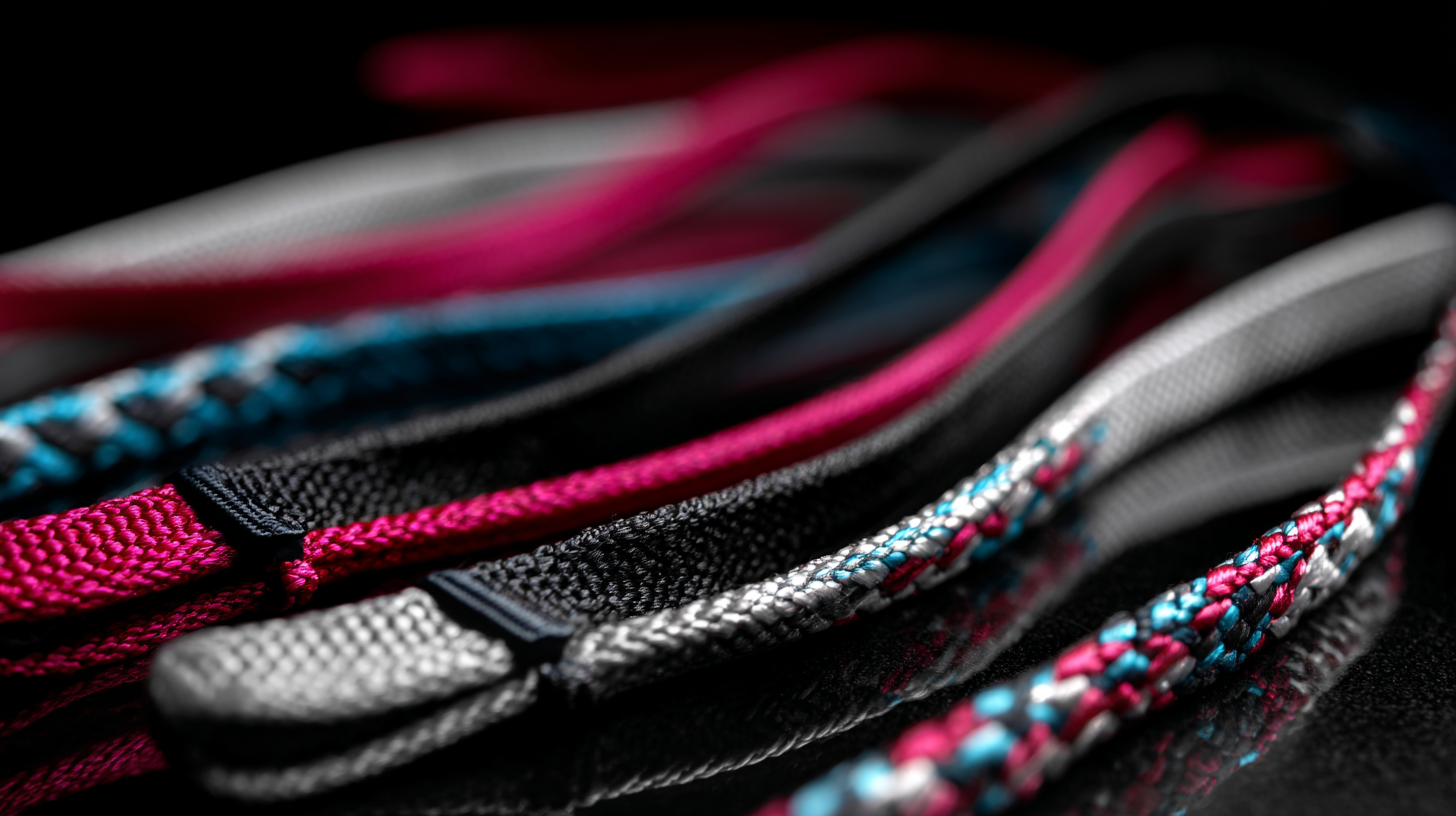
Innovative alternatives are emerging, such as lanyards made from recycled materials, organic cotton, or even bamboo fibers. A study from the Textile Exchange indicates that switching to lanyards made from 100% recycled polyester can reduce carbon emissions by up to 50% compared to those made from virgin polyester. Additionally, organic cotton lanyards not only minimize the carbon footprint but also eliminate the use of harmful pesticides, making them a safer choice for both users and the planet. These alternatives offer brands an opportunity to promote their commitment to sustainability while providing durable and stylish lanyard options.
To ensure the longevity of polyester lanyards, proper care and maintenance are essential. Begin by routinely cleaning your lanyards to remove dirt and oils that can accumulate over time. A simple solution of mild detergent and lukewarm water is effective. Gently scrub with a soft cloth or sponge, avoiding harsh chemicals that can degrade the fabric. Rinse thoroughly with clean water and allow them to air dry completely before storing.
In addition to regular cleaning, it’s crucial to inspect your lanyards for any signs of wear and tear. Check for fraying edges, weak attachments, or any fading that may indicate deterioration from sunlight or regular use. If you notice any damage, it’s usually best to replace the lanyard to ensure safety and functionality. Store your polyester lanyards in a cool, dry place away from direct sunlight, which can help maintain their vibrant colors and overall integrity. By following these simple steps, you can extend the life of your polyester lanyards and keep them looking their best.
When evaluating lanyard materials, polyester stands out for its combination of durability and versatility. Polyester lanyards are not only strong enough to withstand daily wear and tear, but they also come in various designs, making them a popular choice for events, branding, and identification purposes. Unlike cotton, which is comfortable but less durable, or nylon, which can be slippery and has limited print options, polyester offers a balanced solution that combines aesthetics with functionality.
However, sustainability is becoming increasingly crucial in material selection. While polyester is synthetic and not biodegradable, it can be manufactured from recycled materials, enhancing its eco-friendliness. In contrast, natural fibers like cotton might seem more environmentally responsible, yet their production often requires significant water and pesticides. Innovations in biodegradable alternatives, such as those made from organic materials or other sustainable sources, provide options for eco-conscious consumers looking for responsible lanyard choices. As awareness of environmental impacts grows, understanding the trade-offs between polyester and its alternatives is essential for making informed decisions.
